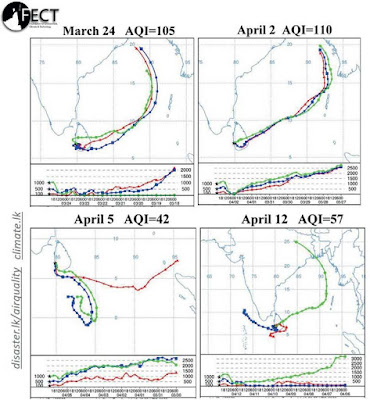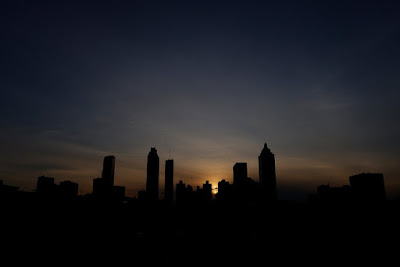Air Quality Improvement in Colombo due to COVID curfews or changes in wind?

By Lareef Zubair and P. Ellegala Federation for Environment Climate and Technology Kandy Reports on drop-in Air Quality Index being due to curfew News reports, feature articles and social media posts have attributed the recent improvement in air quality to the curfews since March 20. These reports seem to follow news in locations such as Southern California or in Central China where the pollution had dropped by 70%. However, the casual surmise that if one shuts down traffic and closes down the majority of industries and then we shall have better air quality can set us back if it is not accurate, as we shall lose sight of the role of pollution from other sources. These include: Trans-boundary Pollution particularly from the Indian Sub-Continent Forest Fires, Garbage Incineration, Agricultural Residue Burning Norochcholai Coal Power Plant Industries that continued to function The relative contributions of these sources varies by place and time. We make us



